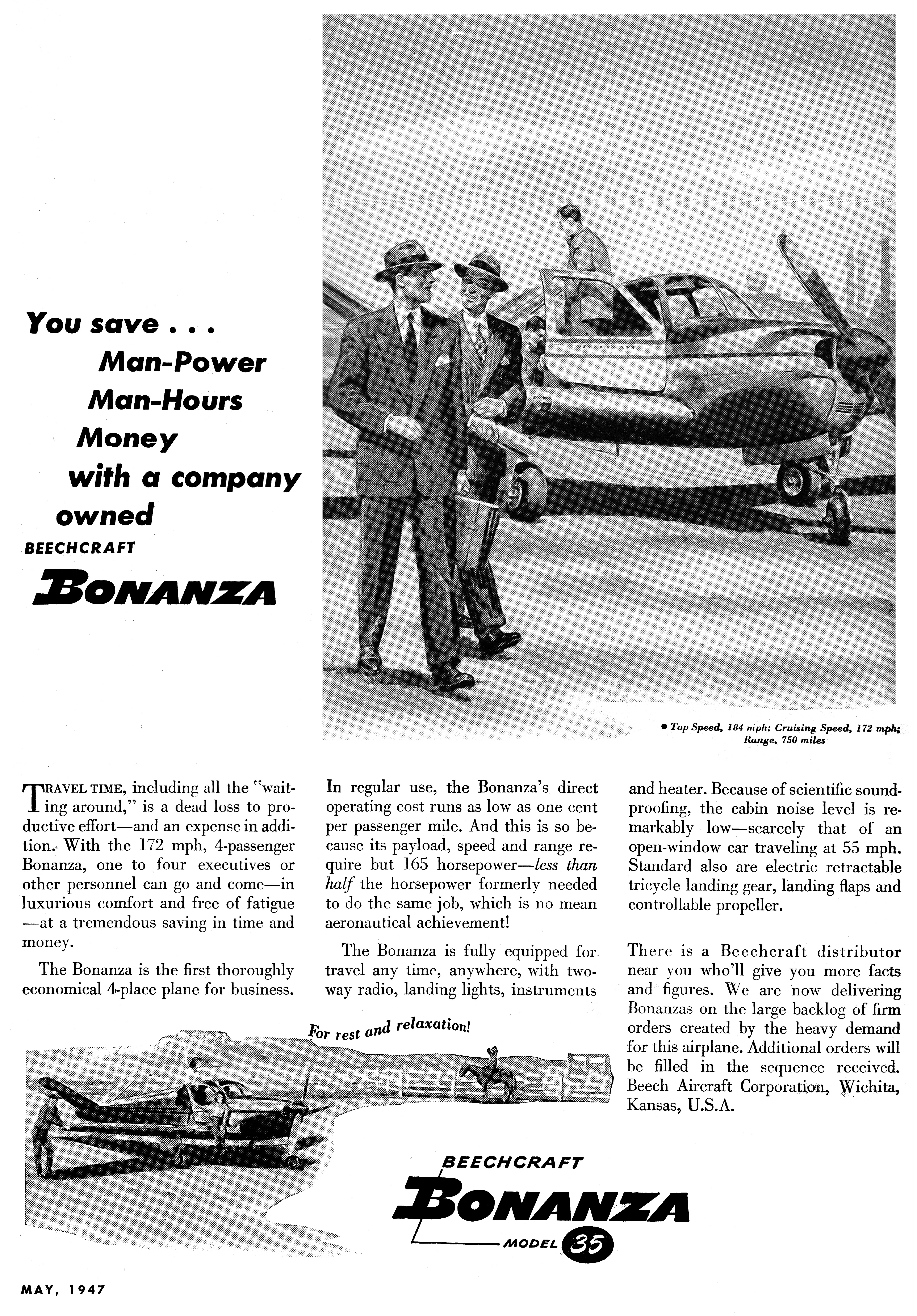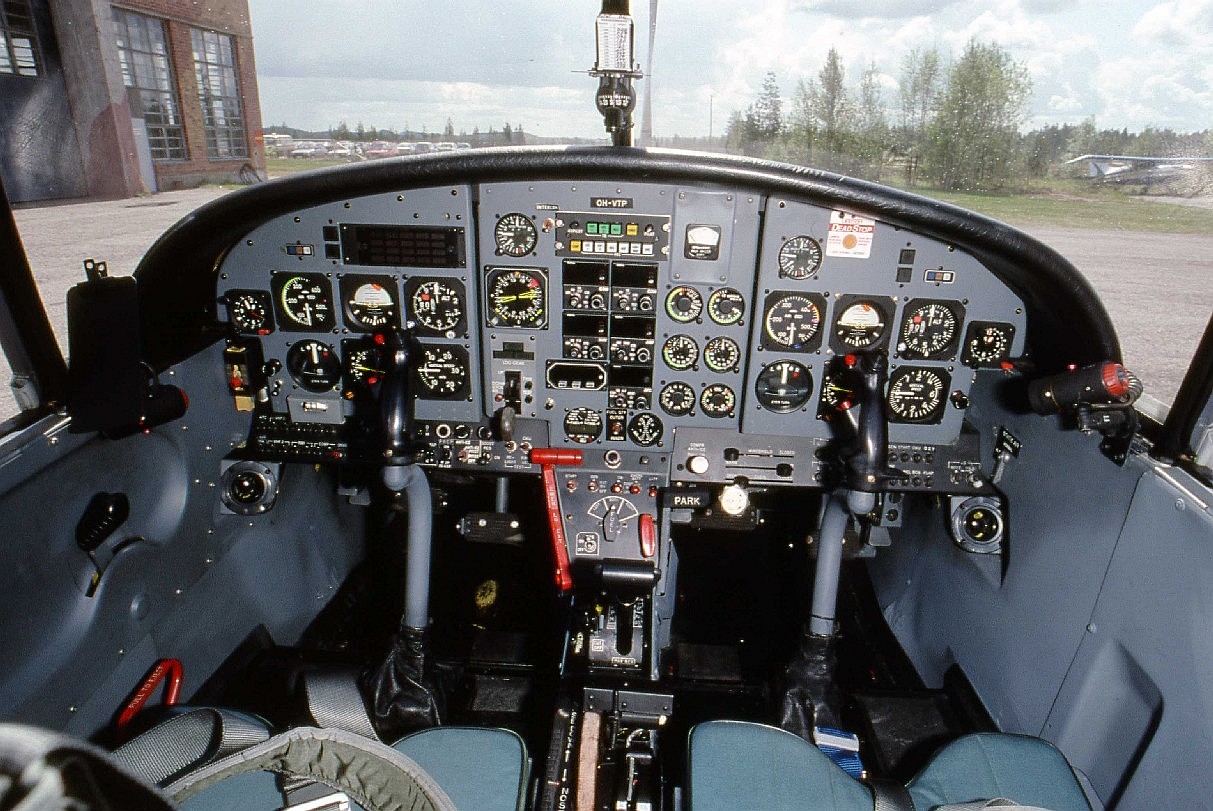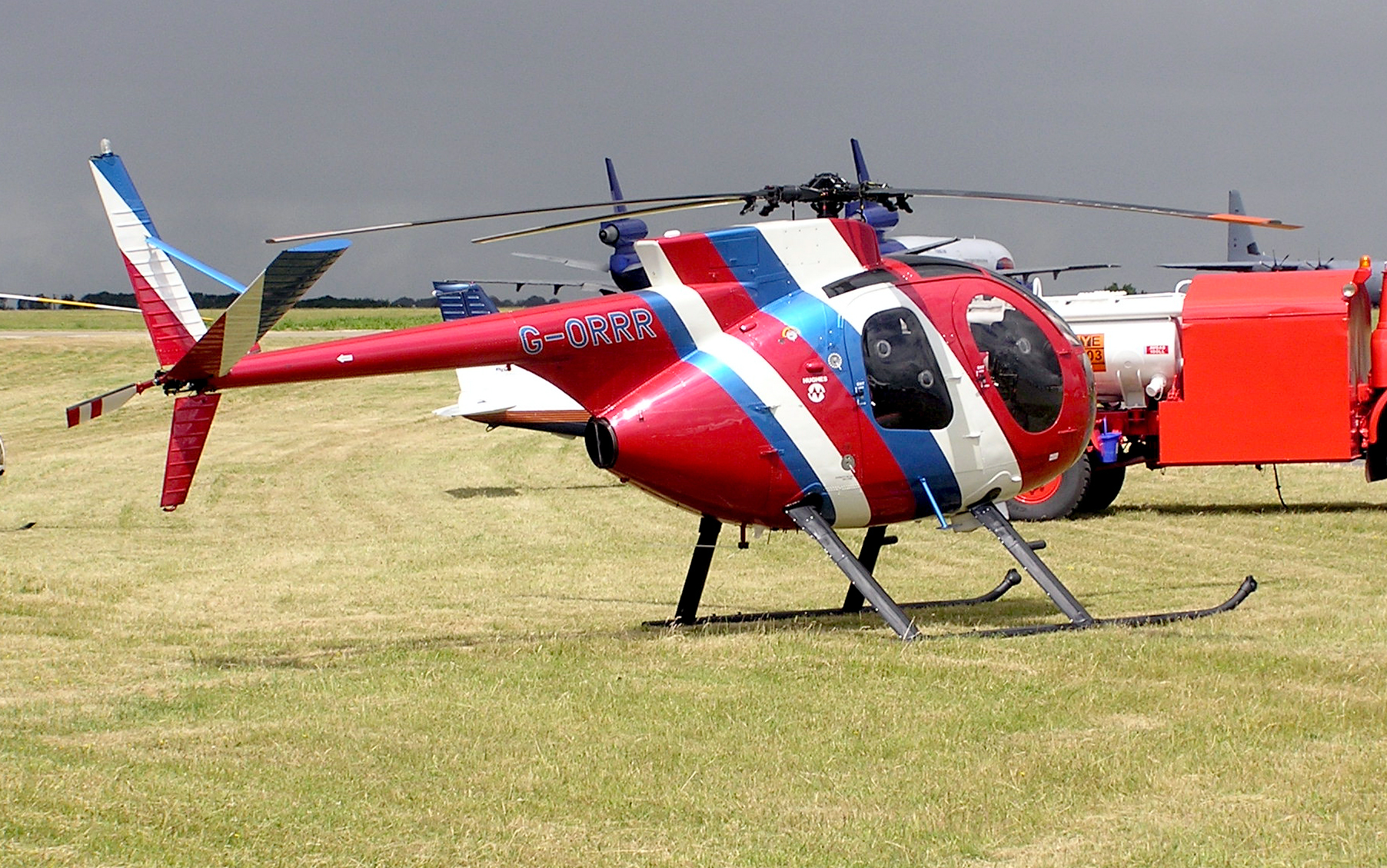|
Allison T63
The Allison Model 250, now known as the Rolls-Royce M250, (US military designations T63 and T703) is a highly successful turboshaft engine family, originally developed by the Allison Engine Company in the early 1960s. The Model 250 has been produced by Rolls-Royce since it acquired Allison in 1995. Development In 1958, the Detroit Diesel Allison division of General Motors was chosen by the US Army to develop a new light turbine engine to power a "Light Observation Aircraft" (LOA), to replace the Cessna O-1A Bird Dog. At this stage the US Army was unsure whether to have a fixed- or rotary-wing aircraft, so Allison was instructed to consider both applications. Design studies undertaken considered a wide range of possible mechanical configurations for the turboprop/turboshaft. These studies culminated in the testing of the first prototype engine, designated YT63-A-3, in April 1959. In 1960, the US Army settled for a rotary wing platform. The YT63-A-3 first flew in a variant of t ... [...More Info...] [...Related Items...] OR: [Wikipedia] [Google] [Baidu] |
WikiProject Aircraft
A WikiProject, or Wikiproject, is a Wikimedia movement affinity group for contributors with shared goals. WikiProjects are prevalent within the largest wiki, Wikipedia, and exist to varying degrees within Wikimedia project, sister projects such as Wiktionary, Wikiquote, Wikidata, and Wikisource. They also exist in different languages, and translation of articles is a form of their collaboration. During the COVID-19 pandemic, CBS News noted the role of Wikipedia's WikiProject Medicine in maintaining the accuracy of articles related to the disease. Another WikiProject that has drawn attention is WikiProject Women Scientists, which was profiled by ''Smithsonian Magazine, Smithsonian'' for its efforts to improve coverage of women scientists which the profile noted had "helped increase the number of female scientists on Wikipedia from around 1,600 to over 5,000". On Wikipedia Some Wikipedia WikiProjects are substantial enough to engage in cooperative activities with outside organization ... [...More Info...] [...Related Items...] OR: [Wikipedia] [Google] [Baidu] |
Hughes OH-6
The Hughes OH-6 Cayuse is a single-engine light helicopter that was designed and produced by the American aerospace company Hughes Helicopters. Its formal name is derived from the Cayuse people while its "Loach" nickname comes from the acronym for the Light Observation Helicopter (LOH) programme that it was procured under. The OH-6 was developed in response to the United States Army issuing Technical Specification 153 in 1960 to replace its Bell H-13 Sioux fleet. The ''Model 369'' was submitted by Hughes, and competed against the two finalists, Fairchild-Hiller and Bell, for a production contract. On 27 February 1963, the first prototype conducted its maiden flight. The Model 369 had a distinctive teardrop-shaped fuselage that had strong crashworthiness properties and provided excellent external visibility. Its four-bladed full-articulated main rotor made it particularly agile, and it was suitable for personnel transport, escort and attack missions, and observation. During May ... [...More Info...] [...Related Items...] OR: [Wikipedia] [Google] [Baidu] |
GAF Nomad
The GAF Nomad is a utility aircraft produced by the Government Aircraft Factories (GAF) of Australia in Melbourne. Supported by the Australian Government, design work began in the mid-1960s, and it made its maiden flight on 23 July 1971. Despite some export sales and commercial operations, sales were not as sufficient and production stopped in 1985. The twin-turboprop, high-wing aircraft has a retractable gear and came in two variants: the initial ''N22'', followed by the stretched ''N24''. The Royal Flying Doctor Service of Australia, the Australian Army and the Australian Customs Service were major users. The Australian military withdrew almost all of its remaining Nomads amid reports of safety concerns during the 1990s. By the 21st century, only a handful of aircraft remained in regular use in Australia. GippsAero (later part of Mahindra Aerospace) acquired its type certificate in 2008 and announced plans to produce it again as the ''GA18'', but the project proceeded s ... [...More Info...] [...Related Items...] OR: [Wikipedia] [Google] [Baidu] |
Fuji T-7
The Fuji T-7 (previously T-3 Kai) is a Japanese primary trainer aircraft built by Fuji Heavy Industries for the Japan Air Self-Defense Force. A development of Fuji's earlier T-3 trainer, it is a single-engined monoplane powered by a turboprop engine. Design and development The Fuji T-7 was developed to meet a requirement of Japan's Air Self Defence Force for a primary or basic trainer to replace the Fuji T-3. The resultant aircraft was a modified version of the T-3, (itself descended via the Fuji KM-2 from the Beech T-34) and shared the single-engined low-winged monoplane layout of the T-3, but replaced the Lycoming piston engine with an Allison 250 turboprop engine. The T-7 was selected in preference to the Pilatus PC-7 in 1998,Mollet 1998, p.31. but this decision was cancelled and the competition restarted after a corruption scandal arose, with several managers from Fuji being arrested for bribing an official in Japan's ruling Liberal Democratic Party.Jeziorski 2000, p ... [...More Info...] [...Related Items...] OR: [Wikipedia] [Google] [Baidu] |
Fuji T-5
The Fuji T-5 or KM-2Kai is a Japanese turboprop-driven primary trainer aircraft, which is a development of the earlier Fuji KM-2. The student and the instructor sit side-by-side. Design and development The Fuji T-5 was developed by Fuji Heavy Industries as a replacement for the piston-engined Fuji KM-2 (itself a development of the Beechcraft T-34 Mentor) as a primary trainer for the Japan Maritime Self-Defense Force. Fuji refitted a KM-2 with an Allison Model 250 turboprop engine in place of the original Lycoming piston engine, the resulting KM-2D first flying on 28 June 1984 and being certified on 14 February 1985. The KM-2Kai is a further development of the KM-2D, with a modernised cockpit with side-by-side seating and a sliding canopy replacing the original KM-2's car type side doors (which were retained by the KM-2D). The T-5 is an all-metal low-wing cantilever monoplane powered by an Allison 250-B17D turboprop with a three-bladed constant speed propeller. It has a ret ... [...More Info...] [...Related Items...] OR: [Wikipedia] [Google] [Baidu] |
Extra EA-500
The Extra EA-500 is a six-seat single-engined high wing turboprop aircraft designed by the Extra Aircraft company. During 2015 a decision was made to end production. Design and development Started by Walter Extra, the company has been manufacturing aerobatic airplanes almost exclusively with their latest products being the Extra EA-300 series. The company introduced the Extra EA-400 in 2001. This is a cross-country airplane with many exclusive features including carbon fiber construction, pressurized cabin, high strutless wing, and seating for six. The EA-500 was introduced as an alternative version of the EA-400 with the piston engine replaced by a Rolls-Royce Model 250-B17F/2 turboprop yielding , weighing , and driving a 5 bladed propeller. This engine is widely used in small helicopters and was designed to have good fuel efficiency at lower altitudes. This engine's critical altitude is 16,000 feet. However, the Rolls-Royce Model 250 is very light and small at the expense ... [...More Info...] [...Related Items...] OR: [Wikipedia] [Google] [Baidu] |
Cessna P210
The Cessna 210 Centurion is a six-seat, high-performance, retractable-gear, single-engined, high-wing general-aviation aircraft. First flown in January 1957, it was produced by Cessna until 1986. Design and development The early Cessna 210 (210 and 210A) had four seats with a Continental IO-470 engine of . It was essentially a Cessna 182B to which was added a retractable landing gear, swept tail, and a new wing. In 1961, the fuselage and wing were completely redesigned: The fuselage was made wider and deeper, and a third side window was added. The wing planform remained the same; constant chord from centerline to out, then straight taper to chord at from centerline, but the semi-Fowler flaps (slotted, rear-moving) were extended outboard, from wing station 100 to Wing station 122, which allowed a lower landing speed. FAA certification regulations state that a single-engined aircraft must have a flaps-down, power-off stall speed no greater than . To compensate for t ... [...More Info...] [...Related Items...] OR: [Wikipedia] [Google] [Baidu] |
Britten-Norman Islander
The Britten-Norman BN-2 Islander is a British light utility aircraft and regional airliner designed and originally manufactured by Britten-Norman of the United Kingdom. Still in production, the Islander is one of the best-selling commercial aircraft types produced in Europe. Although designed in the 1960s, over 750 are still in service with commercial operators around the world. The aircraft is a light transport with over 30 military aviation operators around the world. Initial aircraft were manufactured at Britten-Norman's factory in Bembridge, Isle of Wight, UK. After Fairey Aviation acquired the Britten-Norman company, its Islanders and Trislander aircraft were built in Romania, then shipped to Avions Fairey in Belgium for finishing before being flown to the UK for flight certification. The Islander has been in production for more than 50 years. Development Origins In 1953, Britten-Norman was formed for the purpose of converting and operating agricultural aircraft, amongst ... [...More Info...] [...Related Items...] OR: [Wikipedia] [Google] [Baidu] |
Beechcraft Bonanza
The Beechcraft Bonanza is an American general aviation aircraft introduced in 1947 by Beech Aircraft Corporation of Wichita, Kansas. The six-seater, single-engined aircraft is still being produced by Beechcraft and has been in continuous production longer than any other aircraft in history. More than 17,000 Bonanzas of all variants have been built, produced in both distinctive V-tail and conventional tail configurations; early conventional-tail versions were marketed as the Debonair. Design and development At the end of World War II, two all-metal light aircraft emerged, the Model 35 Bonanza and the Cessna 195, that represented very different approaches to the premium end of the postwar civil-aviation market. With its high-wing, seven-cylinder radial engine, fixed tailwheel undercarriage, and roll-down side windows, the Cessna 195 was a continuation of prewar technology. The Bonanza, however, featured an easier-to-manage, horizontally opposed, six-cylinder engine, retrac ... [...More Info...] [...Related Items...] OR: [Wikipedia] [Google] [Baidu] |
BAE Systems Mantis
The BAE Systems Mantis Unmanned Autonomous System Advanced Concept Technology Demonstrator is a British demonstrator programme for Unmanned Combat Air Vehicle (UCAV) technology. The Mantis is a twin-engine, turboprop-powered UCAV with a wingspan of approximately 22 m, broadly comparable to the MQ-9 Reaper. Other partners involved in Phase 1 of the Mantis programme include the Ministry of Defence (United Kingdom), Rolls-Royce, QinetiQ, GE Aviation, L-3 Wescam, Meggitt and Lola. Design and development Development of the Mantis started in late 2007, a mockup being revealed at the 2008 Farnborough International Air Show. The Phase 1 Mantis vehicle is powered by two Rolls-Royce Model 250 turboprop engines, although this is likely to change in later variants. The Mantis is intended to have at least 24-hour operational endurance and is an autonomous vehicle, able to pilot itself and to plot its own course, communicating with personnel on the ground regarding its observations. ... [...More Info...] [...Related Items...] OR: [Wikipedia] [Google] [Baidu] |
Aermacchi M-290 RediGO
The Valmet L-90 Redigo is a turboprop-powered military basic trainer aircraft and liaison aircraft, a development of Valmet's earlier training aircraft for the Finnish Air Force. The L-90 was the last military aircraft designed and produced in Finland. Design and development The prototype, a modified L-80, first flew on February 12, 1985. A second prototype, powered by a Turbomeca TP319 turboprop, was destroyed in an accident in August 1988. A total of 29 production aircraft plus the 2 prototypes were produced. Aermacchi purchased the manufacturing rights in 1996 but never returned the aircraft to production. The aircraft is of conventional configuration, with retractable tricycle gear and a low wing. The student and instructor sit side-by-side. As is typical with many military trainers, it can also carry light armament for weapons training, or potentially, for use in a close-support role. The Finnish Air Force only used the L-90 as a liaison aircraft. Operators ;: Eritrean ... [...More Info...] [...Related Items...] OR: [Wikipedia] [Google] [Baidu] |
Kawasaki-Hughes 500
The MD Helicopters MD 500 series is an American family of light utility civilian and military helicopters. The MD 500 was developed from the Hughes 500, a civilian version of the US Army's OH-6A Cayuse/Loach. The series currently includes the MD 500E, MD 520N, and MD 530F. The MD 500 was initially produced by Hughes Helicopters as the ''Hughes 500''. Since being introduced in 1967, numerous models have been produced, often featuring a more powerful engine or a five-bladed main rotor in place of the original four-blade counterpart. The MD 500 has been commonly used for utility work, particularly the ''MD 530F''; it has also proven to be popular with law enforcement agencies. Production of the type was continued into the twenty-first century by Hughes' successor companies, McDonnell Douglas Helicopter Systems, and subsequently MD Helicopters. While the MD 500 series has been largely operated by civil customers, it has occasionally seen military use, even to the extent of performi ... [...More Info...] [...Related Items...] OR: [Wikipedia] [Google] [Baidu] |




.jpg)

